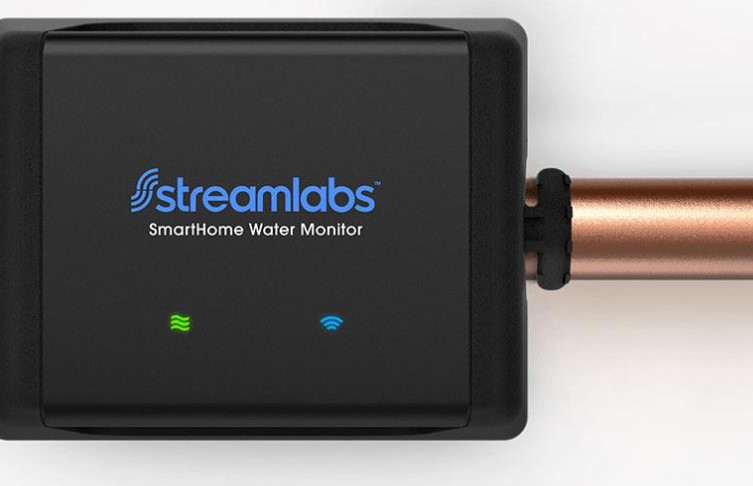
Several years ago my wife’s parents power failed while they were on vacation and everything in their freezer and refrigerator was ruined. Recently the power to my entire house went out because of a breaker switch. I immediately fixed the problem and restored power but, if we had been away for an extended period of time, we would have come home to a big mess and a considerable expense to replace the food.
It got me thinking about how I could get a warning if that ever happens again, which led me to an iSocket 3G plug that sends a text message to alert you to a power failure. The $208 iSocket, plugs into any 3-prong electrical outlet and has a passthrough plug for a lamp, appliance or any other device. If power to that outlet goes out, it will send an alert to your smart phone as a text message, a phone call or both. It will also automatically notify you if the power comes back on, even if you’re not home.
Most smart home devices work on WiFi but this uses a cellular carrier for a simple reason — if the power fails your WiFi will stop working too. As a result, it requires you to have a SIM card from a carrier. Most US cell phone carriers will let you add this to your existing plan for $10 a month, but iSocket recommends you buy a SIM card from Truphone.com, which has no monthly fees. You’ll pay $30 for the card, which includes $15 usage credit and you’ll pay 9 cents for each text it sends out. But, because you’ll, hopefully, get few if any power outages per year, that $15 should last you a very long time. If you ever need to buy more credit, you can give it your credit card on sign-up and it will be you as needed but, for most people, I suspect your credit card would have expired by the time you need to shell out another $15.00.
Installation was pretty easy. I had to activate and insert the SIM card (Truphone has good phone support, which activated it for me) and then I had to text “MakeMeBoss” to the phone number associated with the SIM card. There are lots of other commands you can issue, including “status,” which tells you if power is connected as well as the temperature in the room where the iSocket is located. There are lots of other commands and controls that you can do via text messaging or the app.
My hope is that i’ll never get an alert but if I ever do get one while out of town, I have a neighbor who can enter my house and do whatever needs to be done to restore power. If it’s a utility company outage, I’ll have to wait for them to fix the problem, but at least I’ll know when it goes out and comes back on again.
Leak detection

Losing all the food in your freezer or refrigerator may be bad, but having your house flood can be a lot worse. I know. About two years ago a plastic pipe going to an upstairs sink in my house failed, causing tens of thousands of dollars of damage to upstairs and downstairs rooms. Insurance covered most of the cost but it was a major hassle that required us to move out for a few weeks, put up with months of construction and repairs and pay for what insurance didn’t cover.
Turns out there are devices for detecting leaks too and, shortly after the flood, I asked Vivent, which provides my home security and automation system, to add flood sensors under or near all our sinks and toilets as well as our washing machine. Now, if any of these sensors detect moisture, we’ll get an alarm on our phone and a call from Vivent’s monitoring service.
Vivint charges a monthly fee but there are devices you can purchase that will send an alert to your smartphone if a leak is detected.
One clever device is the Smarthome Water Monitor from Streamlabs ($199) which consists of a device that you put around the main water entry line going into your home. You have to plug it into a power outlet and connect it to your home’s WiFi and if the water pressure changes, possibly indicating a leak, you’ll be notified via the company’ app. The product can also be used to monitor water usage and could aid in water conservation. It doesn’t require any pipe cutting but measures water flow throughout the house via “ultrasonic technology“
There are lots of other leak detection devices available including the Honeywell Lyric Wi-Fi Water Leak & Freeze Detector, which can be placed near or under any location that could leak. I also detects frozen pipe, which can be a problem in some parts of the country. If it does detect a leak or a freeze, you get a notification through the Lyric app. They cost about $58 each and you may need several, so the cost could add up.
There are plenty of other less expensive leak detectors on the market, including Samsung – SmartThings Water Leak Sensor ($25), which requires a SmartThings Hub ($90) that works with an entire family of smart devices from the Samsung-owned company.